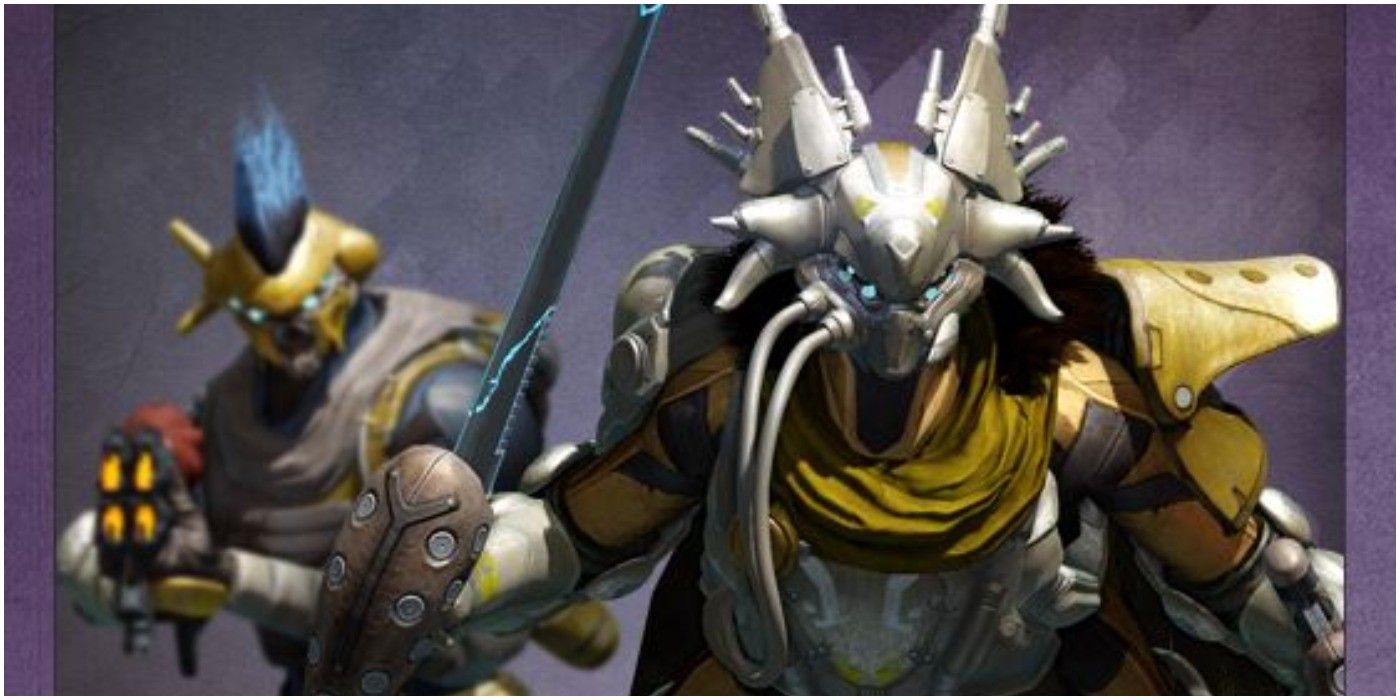
Perhaps from Yahu, Yahweh, but possibly also from the magic cry iao in the Mysteries. Prophets: Samuel, Nathan, Jonah, Micah. From Hebrew yalda bahut, "Child of Chaos"? The outermost who created the six others, and therefore the chief ruler and Demiurge par excellence. Prophets: Moses, Joshua, Amos, Habakkuk. Feminine name: Pronoia (Forethought) Sambathas, "week". Yaldabaoth, called also Saklas and Samael. 31 a nearly identical list is given in On the Origin of the World): The Ophites accepted the existence of these seven archons ( Origen, Contra Celsum, vi. This place is thought of as the abode of Sophia (Wisdom) and Barbelo, also called Ogdoad. As with ancient astronomy, which thought of a sphere of fixed stars, above the spheres of the seven planets, beyond the spheres of the evil archons (Hebdomad), there were the supercelestial regions which a soul must reach by gnosis to escape the dominion of the archons. As rulers over the material world, they are called ἄρχοντες ( archontes, "principalities", or "rulers"). Probably originally referring to the Greek daimons of the planets, in Gnosticism they became the demonic rulers of the material world, each associated with a different celestial sphere. Įvidently from works such as the Apocryphon of John, the Ophite Diagrams, On the Origin of the World and Pistis Sophia, archons play an important role in Gnostic cosmology. 

There are indeed certain exceptions Basilides taught the existence of a "great archon" called Abraxas who presided over 365 archons. These Seven are in most systems semi-hostile powers, and are reckoned as the last and lowest emanations of the Godhead below them-and frequently considered as proceeding from them-comes the world of the actually devilish powers. ContentsĪ characteristic feature of the Gnostic concept of the universe is the role played in almost all Gnostic systems by the seven world-creating archons, known as the Hebdomad (ἑβδομάς). In The Reality of the Rulers, the physical appearance of Archons is described as hermaphroditic, with their faces being those of beasts.

In Manichaeism, the archons are the rulers of a realm within the 'Kingdom of Darkness', who together make up the Prince of Darkness. The political connotation of their name reflects rejection of the governmental system, as flawed without chance of true salvation. Among the Archontics, Ophites, Sethians and in the writings of Nag Hammadi library, the archons are rulers, each related to one of seven planets they prevent souls from leaving the material realm. Archons are, in Gnosticism and religions closely related to it, the builders of the physical universe.







 0 kommentar(er)
0 kommentar(er)
